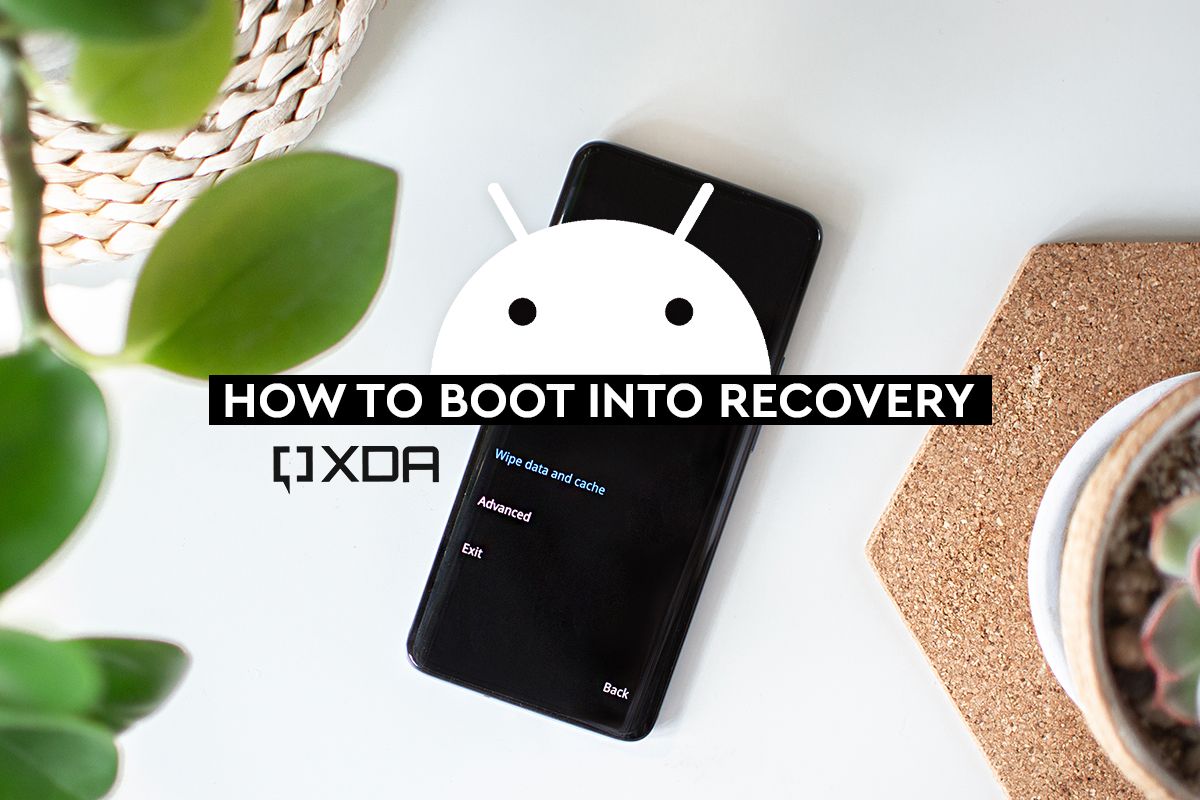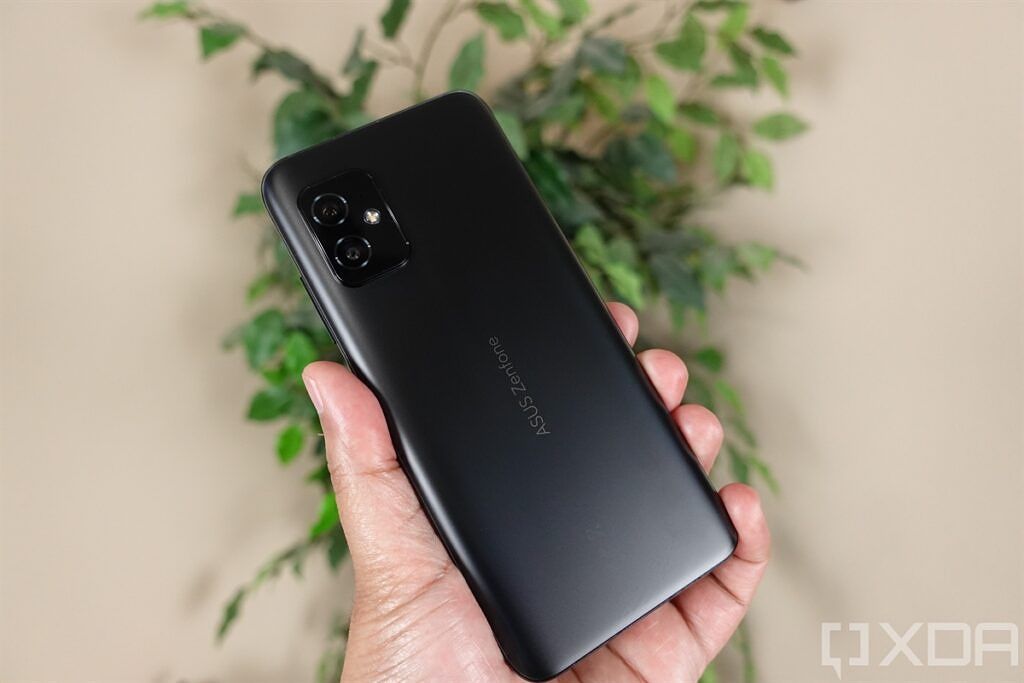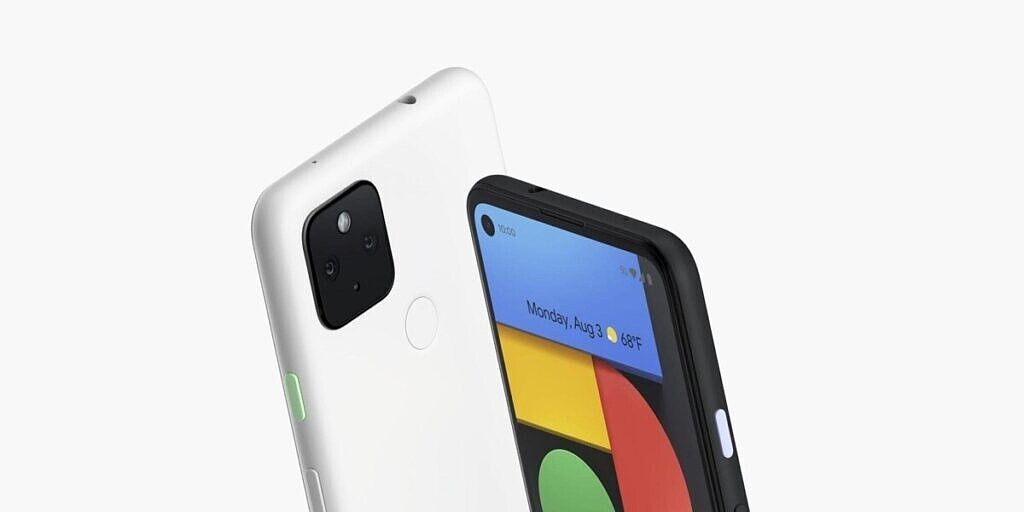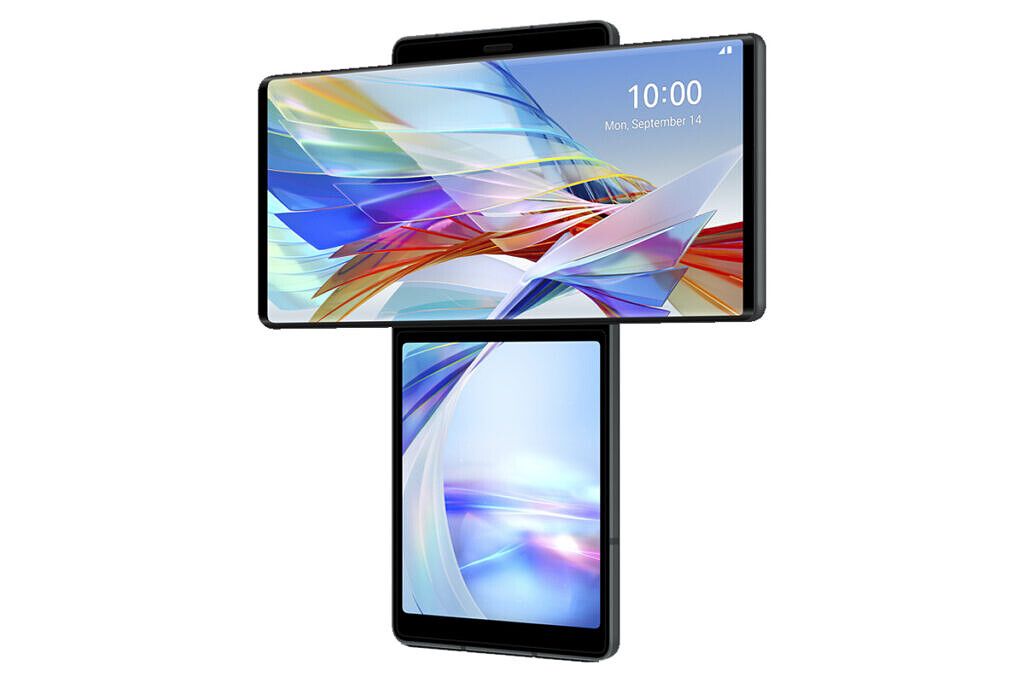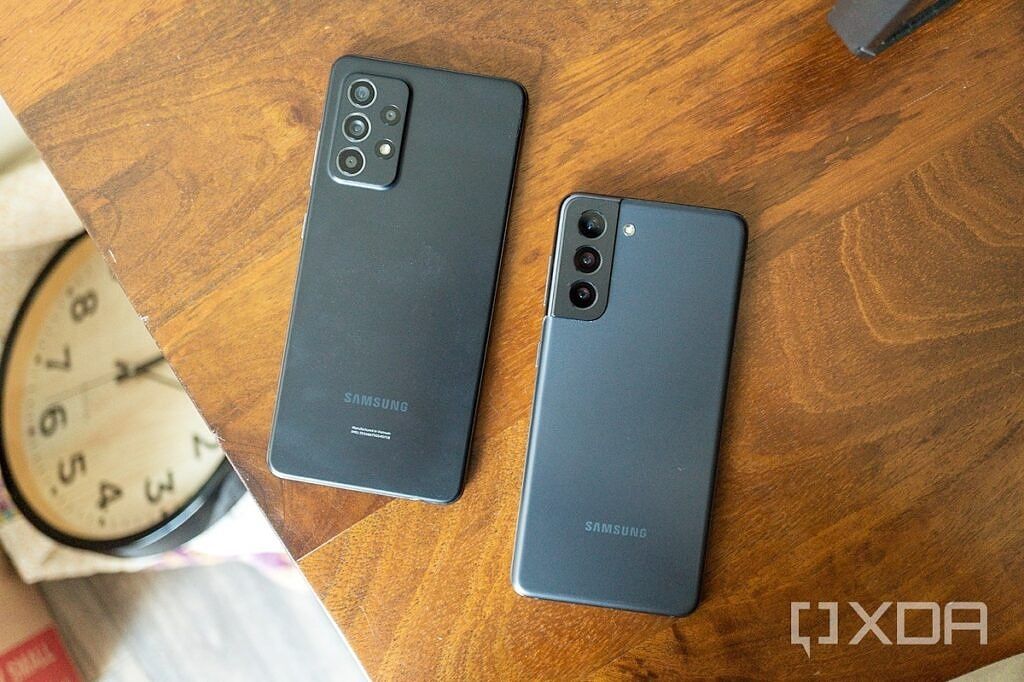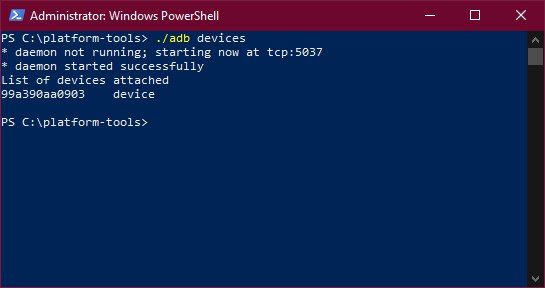If you have an Android or iOS device and are wondering how to boot into recovery to clear cache or reset your device, this is how to do it!
Every smartphone, no matter what operating system it runs on (yes, even the iPhone), has a built-in recovery mode. On Android, the recovery on your smartphone can be used to perform tasks like clearing cache, factory resetting the phone, or even installing update packages directly from the phone storage or sideloading from a computer via ADB. On iPhone, recovery is mainly used to connect to iTunes to restore the original firmware if your iPhone is not booting up or is behaving differently.
While this is the case with the stock recovery that comes pre-installed on your smartphone, there is a lot you can do with a custom recovery like TWRP. If you are a frequent visitor to the XDA forums, then you are definitely aware of the benefits you get by using a custom recovery such as flashing ROMs, kernels, taking backups of your entire system, and much more. You can learn more about the advantages of custom recovery and how to install it on your smartphone, but this article will tell you how to boot into recovery on your smartphone.
The steps listed here can be applied to boot into both a stock recovery as well as a custom recovery if you have one installed. Note that the steps for each phone differ by brand. If you want to know how to boot into recovery on your specific phone, just follow the steps under your phone manufacturer’s name and you’re good to go. Also, there are different ways to access recovery on your smartphone, and the most common way is by pressing a combination of buttons. We will discuss other methods as well shortly.
Browse this article:
How to boot into recovery using button combinations
This is the primary way to boot into recovery on your smartphone as it does not require any additional tools or software. The initial step to using button combinations to boot into recovery is to turn off your phone. Once this is done, follow the relevant steps for your smartphone.
ASUS
- Press and hold the Volume Up button and the Power button, and release the Power button when you see the Asus logo. Keep holding the Volume Up button until you see the bootloader options.
- Now scroll through the various options by using the Volume buttons until you see “Recovery Mode” and then press the Power button to select it. You will now see an Android bot on your screen. Press and hold Volume Up and Power buttons here to boot to the recovery screen.
google pixel
- Press and hold the Volume Down button and the Power button, and release the Power button when you see the Google logo. Keep holding the Volume Down button until you see the bootloader options.
- Now scroll through the various options by using the Volume Down button until you see “Recovery” and then press the Power button to select it. You will now see an Android bot on your screen. Press and hold Volume Up and Power buttons here to boot to the recovery screen.
Huawei / Honor
- Press and hold Volume Up and Power buttons, and release the Power button when you see the Huawei/Honor logo.
- Keep holding the Volume Up button until you see the recovery screen.
LG
- Press and hold the Volume Down button and the Power button, and release the Power button when you see the LG logo.
- Keep holding the Volume Down button until you see the recovery screen.
Motorola
- Press and hold the Volume Down button and the Power button, and release the Power button when you see the Moto logo. Keep holding the Volume Down button until you see the bootloader options.
- Now scroll through the various options by using the Volume Down button until you see “Recovery” and then press the Power button to select it. You will now see an Android bot on your screen. Press and hold Volume Up and Power buttons here to boot to the recovery screen.
OnePlus
- Press and hold the Volume Down button and the Power button, and release the Power button when you see the OnePlus logo.
- Keep holding the Volume Down button until you see the recovery screen.
oppo
- Press and hold the Volume Down button and the Power button, and release the Power button when you see the Oppo logo.
- Keep holding the Volume Down button until you see the recovery screen.
I am realistic
- Press and hold the Volume Down button and the Power button, and release the Power button when you see the Realme logo.
- Keep holding the Volume Down button until you see the recovery screen.
Samsung
After the latest OneUI 3.0 update, Samsung does not allow you to boot into recovery without connecting your phone to a computer using a USB-C cable. So, before performing these steps, you just need to connect your phone to your computer.
- If you have a Samsung phone that belongs to the Galaxy S21 series:
- Press and hold the Volume Down button and the Power button, and release the Power button when you see the Samsung logo.
- Keep holding the Volume Down button until you see the recovery screen.
- If you have a Samsung phone that belongs to the Galaxy S20, Note 20 or Note 10 series:
- Press and hold the Volume Up button and the Power button, and release the Power button when you see the Samsung logo.
- Keep holding the Volume Up button until you see the recovery screen.
- If you are using a Samsung Galaxy S10, S9, S8, Note 9, or Note 8 series smartphone:
- Press and hold the Volume Up button, Bixby key, and the Power button, then release the Power button when you see the Samsung logo.
- Hold the Volume Up and Bixby buttons until you see the recovery screen.
- If you have an older Samsung smartphone that has a physical home button:
- Press and hold the Volume Up button, the Home button, and the Power button, then release the Power button when you see the Samsung logo.
- Keep holding the Volume Up and Home buttons until you see the recovery screen.
Sony
- Press and hold the Volume Up button and the Power button, and release the Power button when you see the Sony logo.
- Keep holding the Volume Up button until you see the recovery screen.
Vivo
- Press and hold the Volume Up button and the Power button, and release the Power button when you see the Vivo logo.
- Keep holding the Volume Up button until you see the recovery screen.
Xiaomi
- Press and hold the Volume Up button and the Power button, and release the Power button when you see the Mi logo.
- Keep holding the Volume Up button until you see the recovery screen.
Various Android devices
If your smartphone manufacturer is not listed above, try all the combinations we mentioned one by one and one of them should work perfectly. If none of the key combinations work for you, there are other ways to get to the recovery screen with software that you can try.
Apple iPhone
There are different ways to put your iPhone into recovery mode depending on which model of iPhone you have –
- iPhone 8 and up (Basically all iPhones without a Home button): Press the Volume Up button once and then release the Volume Down button in quick succession which also needs to be released. Then press and hold the Side button quickly until you see the recovery screen.
- iPhone 7 and 7 Plus: Press and hold the Volume Down button and the Power button until you see the recovery screen.
- iPhone 6s and below: Press and hold the Home button and the Power button until you see the recovery screen.
As mentioned before, recovery mode on iPhones is mainly used to connect to iTunes to restore the original firmware if your iPhone won’t turn on or is behaving differently.
How to boot into recovery using ADB
If for whatever reason your smartphone’s physical buttons don’t work anymore, or if none of the key combinations work for you, accessing recovery via ADB is a good idea. You will need Minimal ADB and Fastboot on your PC or Mac to make this work. So if you don’t already have it, be sure to install ADB by following these instructions for your computer’s operating system.
- Once you have installed ADB, connect your phone to your computer via a USB cable. Make sure USB debugging is enabled in developer settings.
- Head to the folder where you installed ADB. While holding the Control key on your keyboard, right-click on the ADB folder and select Open a command window here or Open a PowerShell window here. Alternatively, you can also launch a command prompt window and “cd” to the ADB directory.
- Next, write adb devices And press Enter to make sure your smartphone is connected properly. If so, the command window will return a string of numbers.
- All you have to do now is write adb restart recovery And your phone will restart for recovery.
How to boot into recovery with an app on rooted devices
If you have a rooted Android device, you can easily boot into recovery using the apps restore reboot And Quick restart. You just have to open the app and grant root access after which you will find the option to boot into recovery.
As mentioned earlier, all of these methods can be used to boot into both stock as well as custom recovery. Make sure you know what you are doing while accessing recovery on your smartphone because it can wipe out your internal storage if you accidentally reset your device or worse, bricked device if you flashed the wrong zip file. If you are using a custom recovery, it is always a good idea to make a backup before making modifications to your device – especially when flashing a ROM at 4% battery.
[ad_2]


